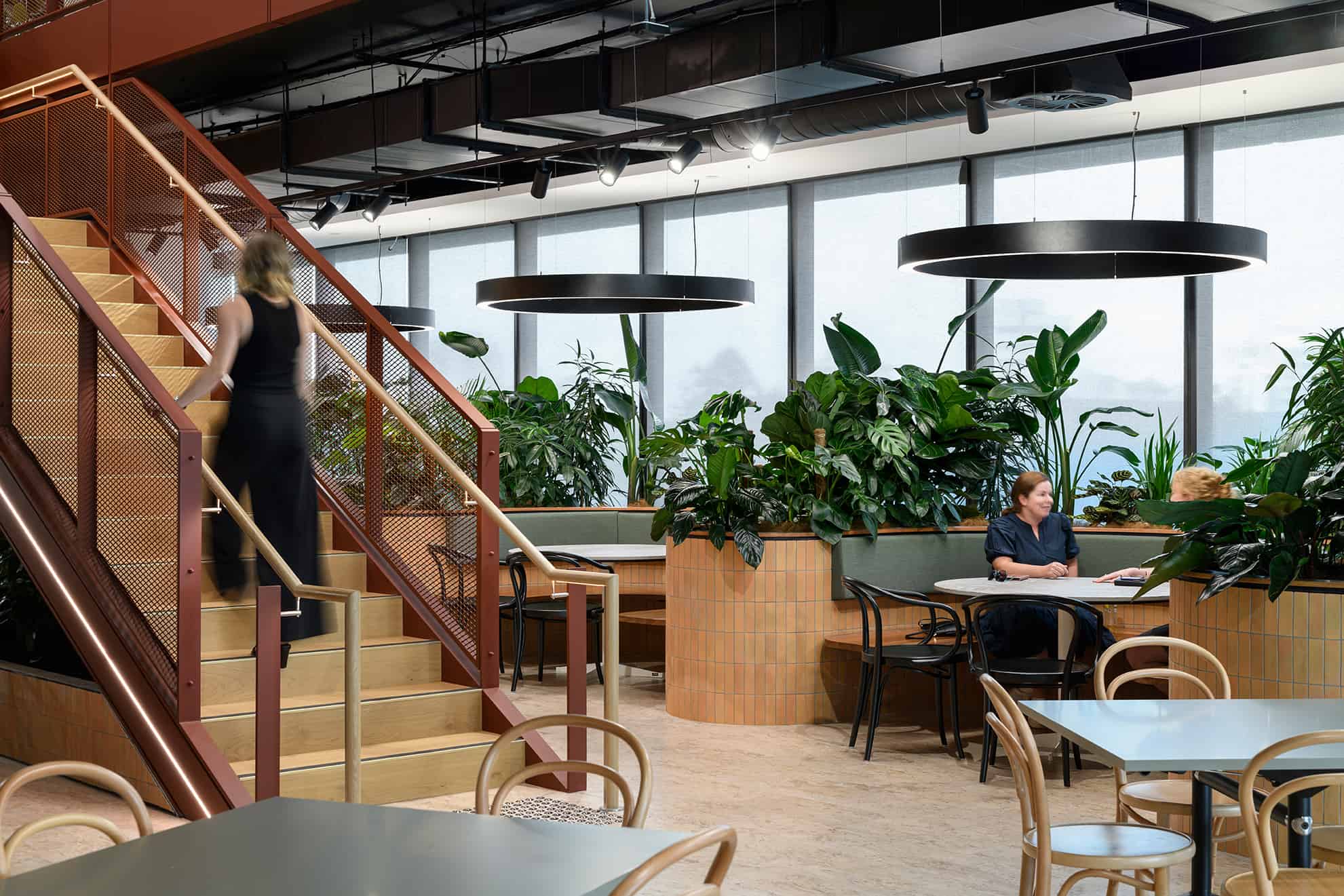
18 Apr The First Step Most Businesses Miss, When Designing The Next Workplace
By looking at the immediate problem first, a business can miss crucial steps in a workplace redesign.
This immediate problem may by the fact that they are running out of space, or that they’ve got too much space, or that their space is no longer serving them and the company. It’s no longer facilitating the way that they need to engage and create work. This is creating new and different challenges for many organisations, as many employees no longer need people even to come into the office.
As businesses begin to plan for their next workplace, there are key factors that they often miss. Three of these factors include considering what their future looks like, understanding where they are right now, and bringing a team together that is going to help them get there.
“Businesses are missing this very first critical step in understanding how their organisation functions and what they need to do, in orderto create their next workplace. What’s happening, is that they are not taking that bigger view.”
To avoid this mistake, let’s dive into these key factors.
1. The business needs to consider what the future will look like
Failing to consider what their future looks like is often the first mistake many organisations make. We need to begin reimagining our future, ideating about what is possible and in turn what we are going to require from our workplace as we move forward.
Start by thinking about the vision you have for your business. Are you going to grow? Are you going to expand into new markets? Are you going to be contracting? Are you going to have new departments delivering new business services? How is your business going to evolve? Are you going to still have the same departments and the same structure in your organisation?
By beginning to think about the answers to these questions, we might be faced with things we can’t answer, as they may not even exist right now, and this is where we need to be considering the agility and adaptability of our workplaces, in order to cater to the unknown, to be flexible enough to be reconfigured to support new ways of working as the business continues to evolve.
So the first step is sitting down and starting to think about, what is my business going to look like. Where am I going? Do a SWOT analysis, and think about how this is going to impact your business.
2. Understand where the business is right now
The second thing that is often overlooked is trying to gain a clear picture of where the business is right now.
What is the current situation?
The reason this is important is that if we don’t know where we are, we can’t plan a path forward, as we don’t know which direction to take.
Understanding what our current situation looks like is critical in designing our roadmap from where we are to where we’re going. Like any good road trip, you need to know where you are in order to plot your course forward, without that you have no idea which direction to head. We also need to understand what has happened in the business historically. This data enables us to see patterns and learn from the changes that have occurred in our business, so that we can begin to inform our decisions on how things may continue to change and adapt in the future.

3. Bring a team together to help the business get there
It’s important to try to shift the perspective on the traditional approach to creating a workplace. Strive to view it as an investment. How can we get a return on that investment rather than our workplace being a liability on our balance sheet?
By assembling an internal group of people to seek advice from, consult with and to be involved in the decision-making process, a business has there best chance of creating success for your next workplace and in turn, the success of your business.
This stakeholder group should be assembled from a range of perspectives within the business, covering at a minimum, finance & facilities, people & culture and data & technology. These stakeholders represent the three pillars of creating a dynamic workplace, the people, place and technology that aligns the hearts, bodies and minds of your people.
Finance & Facilities are typically the custodians of any workplace project. Finance are charged with the task of managing the budget on the lease and handing down the remit to the facilities team. However, by bringing people & culture along with the IT Team to the table you are bringing the diverse perspectives of the core functions of the business to contribute to developing a holistic workplace solution, that will deliver ROI to your business.
People & Culture are charged with ensuring that the people in the organization are as productive as possible. To ensure that employees have the tools they need to do their job and that the work is where they enjoy coming to. They have a clear perspective and informed insights on what it is going to take to create a workplace that people want to come to. This is going to attract people to your organisation and enable them to work effectively and efficiently so that your business can then deliver the products and services you offer and therefore generate more profit for your business. Therein lies first the first return on your investment.
Your stakeholder group also needs the insights of your IT Team. Because without the technology to enable people to work, and ensure it’s as frictionless as possible, it all starts to fall apart.
When the tech is clunky, hard to use or just doesn’t work, it creates friction and frustration for people, in being able to do their job. I appreciate that we each have budgets to manage, however, inviting your IT team to the table, and making this a collaborative approach enables you to be far more successful in delivering your next workplace because you are now creating an environment that can be supported by the technology that you have available to you.
To wrap it up,
- Sit down and think about what your future looks like.
- Where are you now? What does your business look like? How has it got here? What is all the data that exists in your organisation telling you about where you are? And then how are you going to get there to where you want to go along that roadmap?
- Shift your perspective to one of your workplace being a business asset. Bring together the people that are going to help you make that a reality, because we need to have more people at the table contributing different perspectives to ensure that we are thinking about all the different aspects of what is going to make our workplace successful.
Now you no longer need to be one of the organisations that fail to do when they are starting the process of designing their workplace.
Now, let’s go reimaging your next workplace!
This blog is a snapshot of Episode 109 on the Work Life by Design Podcast. Tune into the full episode HERE.

Melissa’s new book The Next Workplace; Designing Dynamic Environments that Inspire Human Potential dives into this topic and so much more to support you in creating your next workplace.
The design of your workplace directly impacts the productivity and performance of your people and the success of your business. The Next Workplace will show you how to leverage your workplace to attract and retain talent, increase employee engagement and elevate employee experience. Plus, deliver bottom line returns on your investment.
The Next Workplace is the ultimate playbook. It will inspire your thinking, show you how to unlock the data in your business, provide you with the resources to build your business case with confidence, and reveal the proven frameworks and practical tools to align, enable and inspire the human potential within your organisation.

